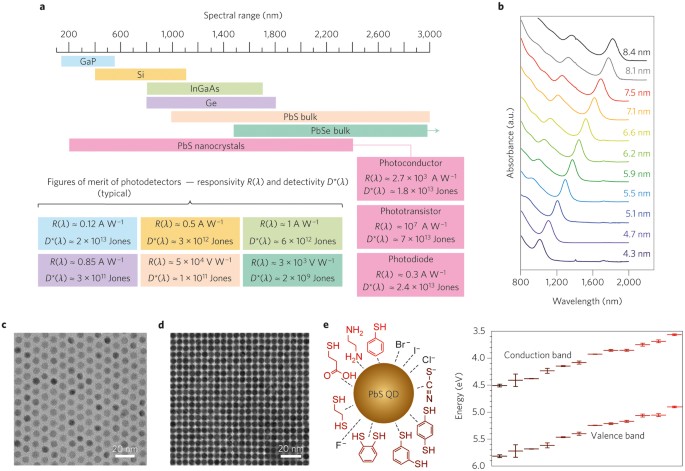
The exceptions of transparent Mg- and Ca-aminoclays in aqueous solutions, other colored aminoclays have not been tested for cytotoxicity to determine the feasibility of their use in biomedical applications. The results showed fast elimination or excretion of Mg-aminoclay in mice after oral or intravenous injection, respectively, without toxicity. Further, protonated clusters of Mg-aminoclay with positively charged zeta potential in the wide pH range of 2.0–12.0 were tested as biodistribution and elimination pathways in in vivo mice after Cy 5.0 conjugation with organo-building blocks in delaminated Mg-aminoclay. Recently, organo-building blocks of Mg- and Ca-aminoclays were tested for possible use as drug-delivery carriers, and were found to result in neither cytotoxicity nor inflammation. Diverse high-density primary amines in octahedral structures have been coined aminoclays, according to the cationic metals used in their preparation. This aminoclay structure is composed of tetrahedral brucite (MgO) in the middle, sandwiched by octahedral silica (SiO 2) as the unit structure in the vertical direction (i.e., 2:1 trioctahedral clay) and a repeated tetrahedral/octahedral structure in pairs, known as the 1:1 dioctahedral structure. , showing unique interactions of organic-pendents with cell or other molecules in biomedical fields, as well as with heavy metals in environmental applications. One candidate of organic–inorganic NPs with covalent-bonded primary amines, namely 3-aminopropyl-functionalized magnesium phyllosiliate 8Si 8Mg 6O 12(OH) 4] was developed by one-pot sol–gel reaction under ambient conditions by Mann et al.


Specific organic-functional groups in many hybrid NPs offer usually unique properties in terms of the accessability and bioactivity of targeting cells or biomolecules in bionanotechnology without some post-functionalization in nanotechnology.

Over and beyond the various organic and inorganic nanoparticles (NPs), many hybrid organic–inorganic NPs have been intensively researched in biomedical, environmental, and energy applications for their size, shape, charge, and surface chemistry including diverse functionalities.


 0 kommentar(er)
0 kommentar(er)
